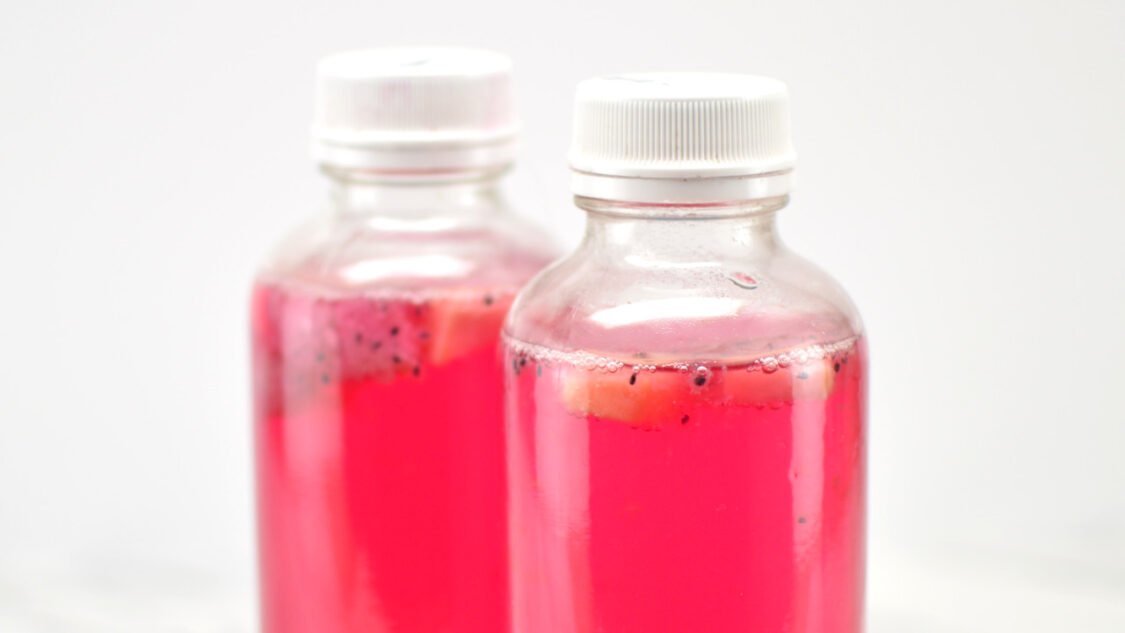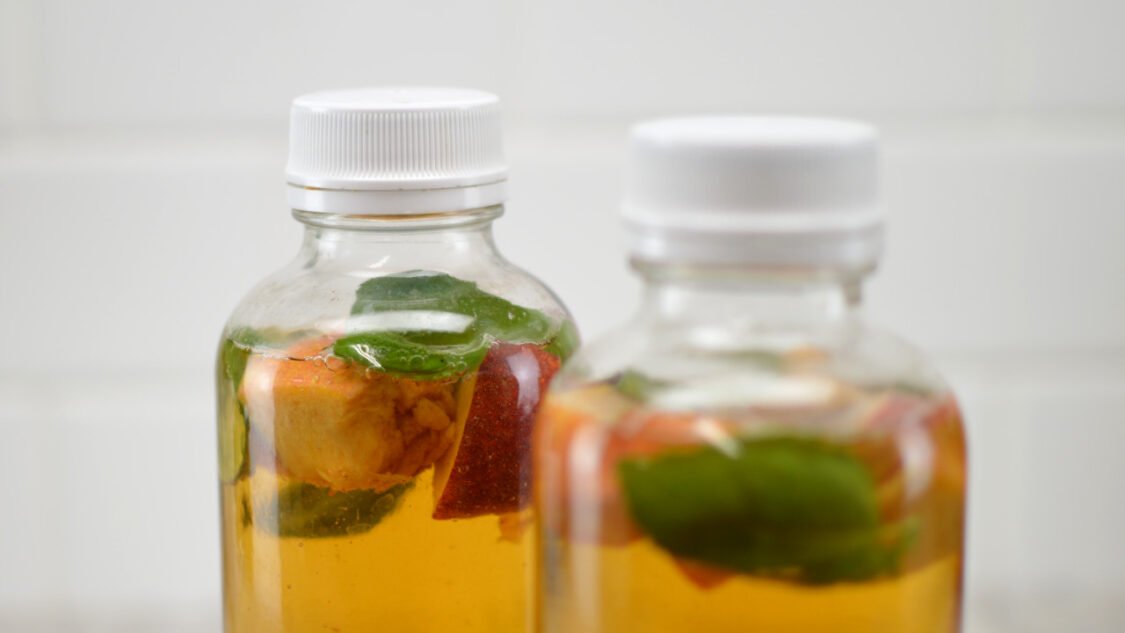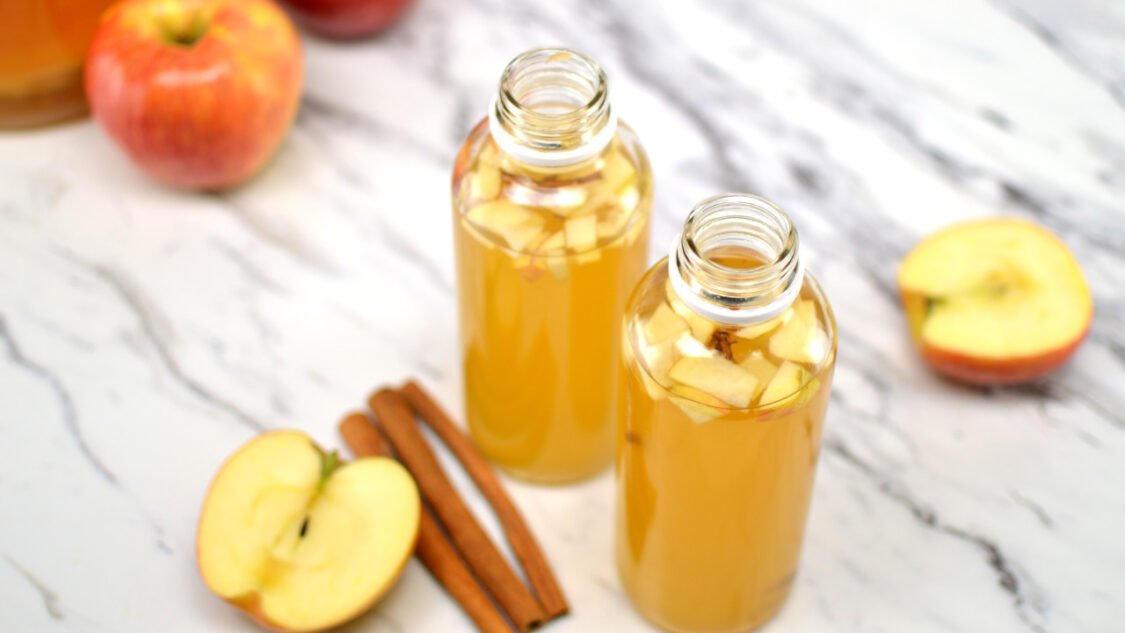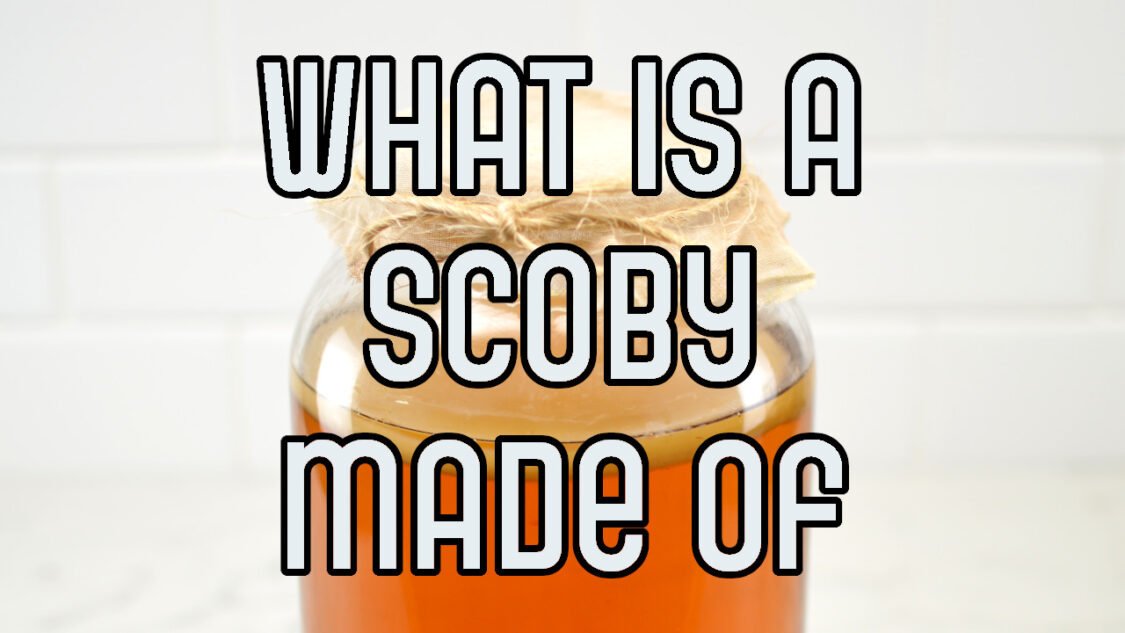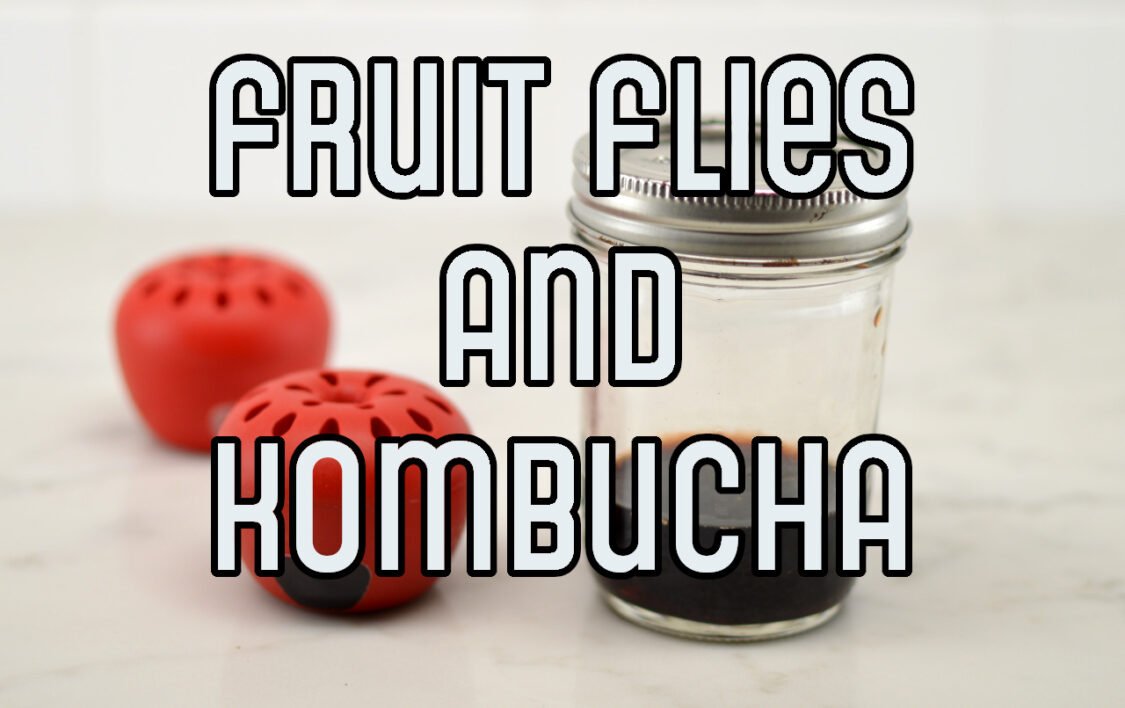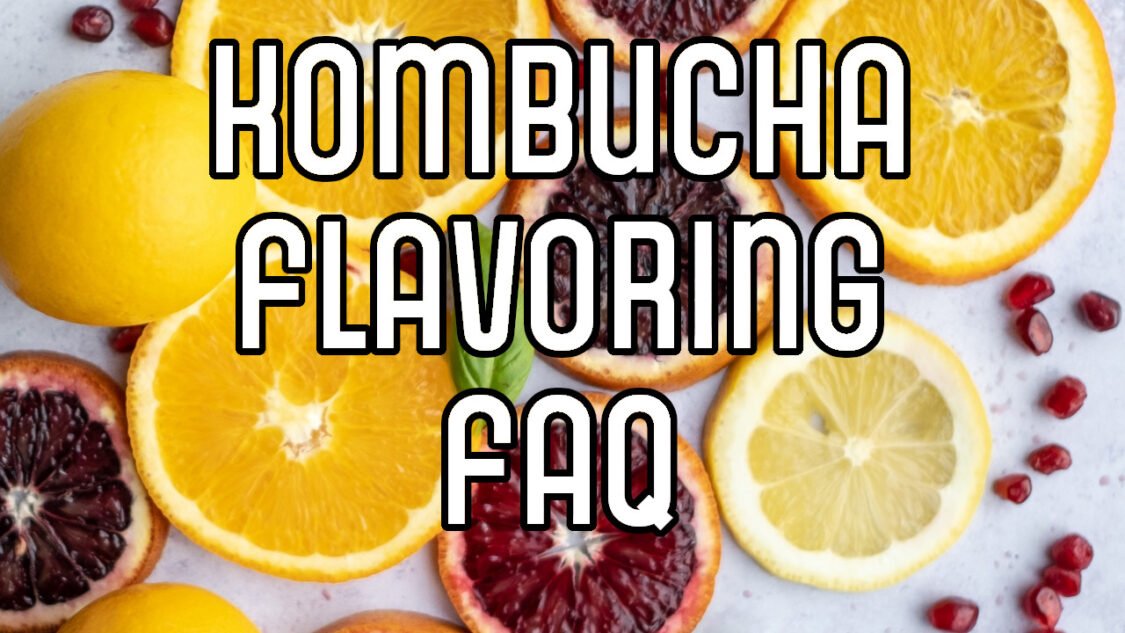Springtime in Paris Kombucha
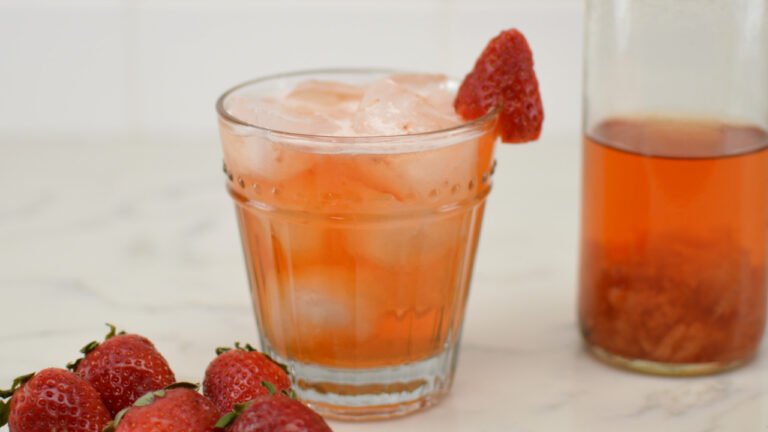
Springtime in Paris Kombucha: A unique kombucha with an opulent blend of green tea, black tea, sweet strawberries, rich vanilla bean, almond extract, and clover honey. An indulgent taste of Paris in a bottle, perfect for sipping on a warm day. A symphony of flavor in every sip, capturing the essence of spring with its light, crisp, and effervescent taste. A drink fit for royalty, elevating your taste buds to new heights with its delicate balance of sweetness and tartness.
To make Springtime in Paris Kombucha, you will first need to make kombucha with 75% green tea and 25% black tea and complete primary fermentation of your kombucha. See step 2 of how to make kombucha for detailed instructions.
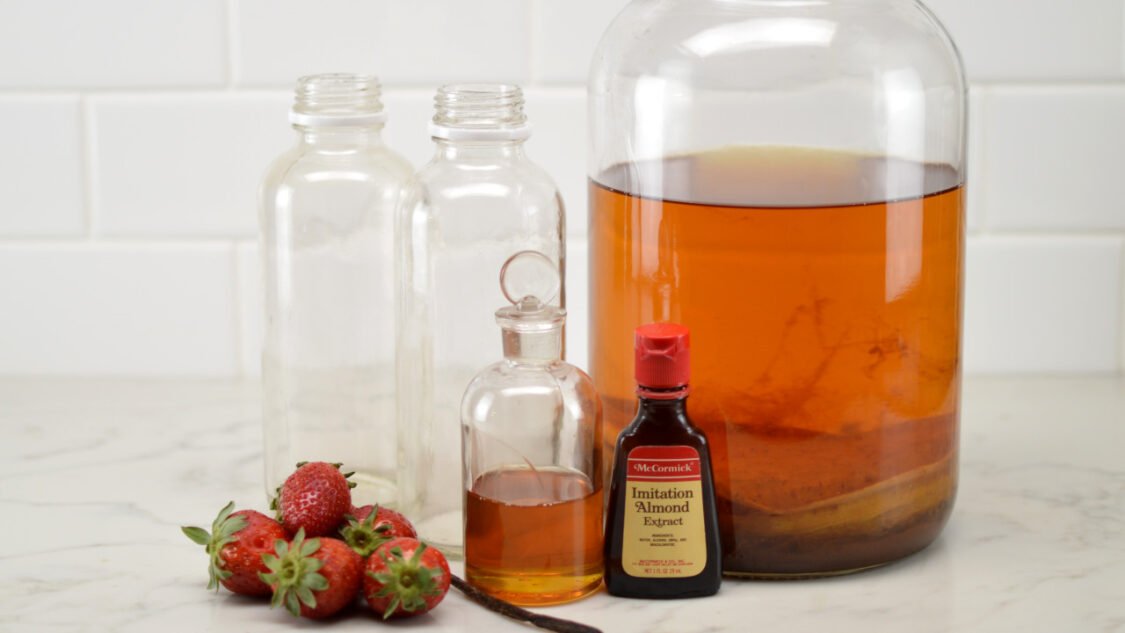
Kombucha Fermentation Overview
There are two fermentation phases when making kombucha:
Primary Fermentation: This is when you transform sweet tea into tart and tasty kombucha. Get all the details at my article on how to make kombucha.
Secondary Fermentation: This is when you carbonate your homemade kombucha by adding flavors (like strawberries, vanilla and almond extract) and honey and bottling it.
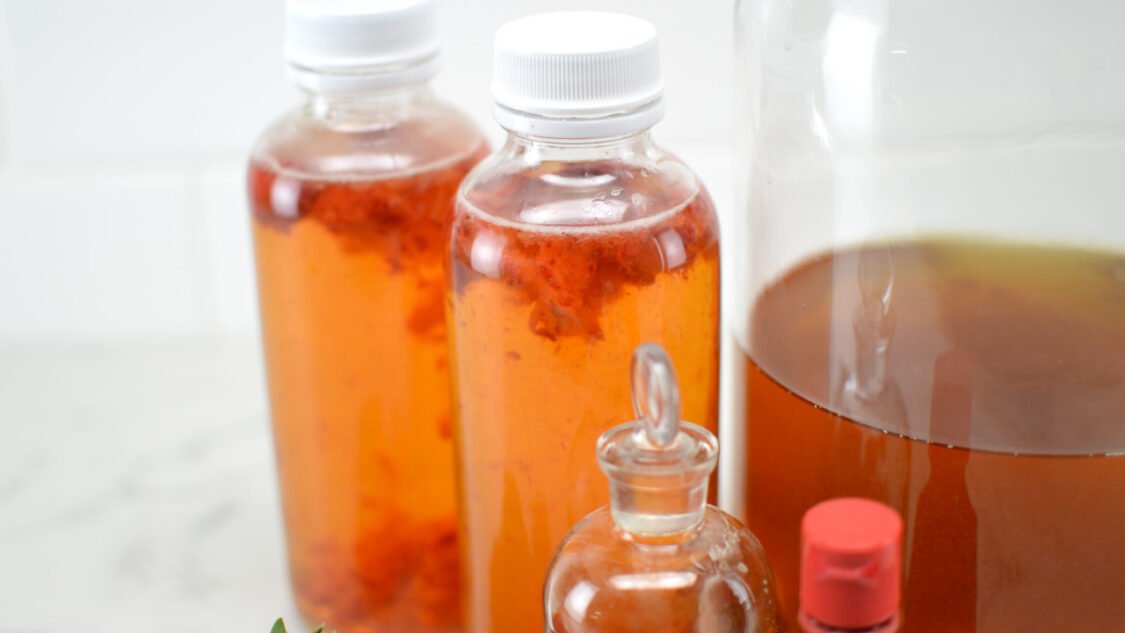
Preparing for Secondary Fermentation
This recipe makes about 7 x 16 fluid ounce bottles of finished kombucha (from a 1-gallon batch of unflavored homemade kombucha aka from your primary fermentation).
Reserve 2 cups (about 16 oz / 0.47L) kombucha and your SCOBY from your completed primary fermentation and set aside – you will use this as your starter for your next gallon batch of kombucha.
With your kombucha starter tea and SCOBY placed aside, you now have enough kombucha left to flavor and fill your bottles. This guide assumes are using 16 oz. glass bottles which are a popular choice for kombucha; however, there are many options for bottling kombucha.
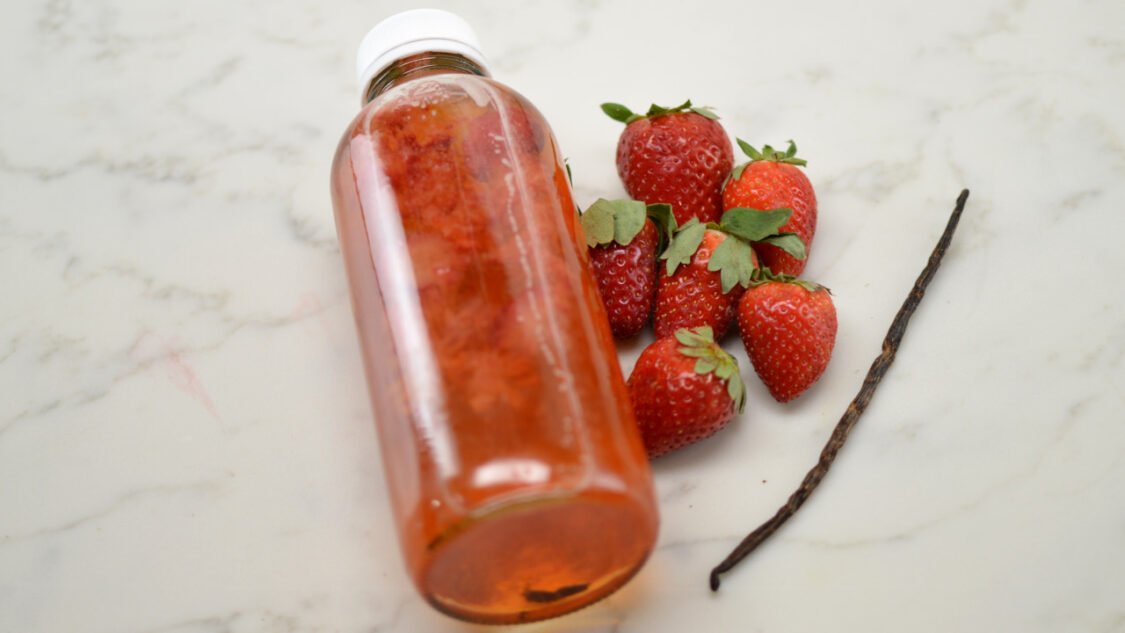
Ingredients to make Springtime in Paris Kombucha
Kombucha Finished kombucha from your first fermentation is the base to which you will add the strawberries, vanilla and almond extract.
Green tea: Green tea is a type of tea that is made from the leaves of the Camellia sinensis plant. Unlike black tea, which is fully fermented, green tea leaves are minimally processed and not allowed to oxidize, preserving their natural green color and delicate flavor profile.
Black tea: Black tea is a type of tea that is fully fermented, resulting in a strong and robust flavor profile. During curing, black tea leaves are allowed to fully oxidize and turn black, which intensifies their flavor and aroma. The oxidation process also contributes to the development of tannins, which gives black tea its characteristic astringency and bitterness.
Strawberries: Strawberries are a sweet and juicy fruit, with a bright red color and a distinctive shape with a soft, fleshy texture and a fragrant, sweet flavor. They have a small green leafy cap at the top and a white flesh underneath. They are relatively small in size, typically about 1-2 inches in diameter, and are round or slightly conical in shape.
Vanilla: There are several types of vanilla, typically named for where they are grown. Each type of vanilla bean has a very unique flavor.
Madagascar is the most popular type and Indian is a consistent favorite. Each type is slightly different:
Madagascar Vanilla – rich and creamy. The most popular vanilla and most widely available
Mexican Vanilla – bold, dark, smoky notes.
Indian Vanilla – full bodied, chocolate notes. One of the favorites among vanilla lovers.
Indonesian Vanilla – mild, well balanced. A good choice for kombucha.
Tahitian Vanilla – floral, notes of cherries and chocolate.
Here is a comprehensive article all about vanilla
Almond extract: Almond extract is a flavor extract that is used to add a rich, nutty flavor to a variety of baked goods and other dishes. It is made by steeping bitter almond oil in alcohol to create a concentrated solution. The result is a clear, amber-colored liquid that has a strong, sweet, and slightly bitter almond aroma and taste.
Clover honey: Clover honey is a type of honey that is made from the nectar of clover flowers. It is considered to be one of the most common and widely available types of honey in the world, and is known for its light color, mild flavor, and sweetness.
Clover honey is typically light in color, ranging from a pale yellow to a light amber color, and has a smooth, spreadable consistency. It has a delicate, sweet flavor that is slightly floral and fruity.
How to make Springtime in Paris Kombucha
Add Flavors: Divide strawberries, vanilla, almond extract and honey between the bottles.
Bottle: Transfer kombucha to fermentation bottles.
Condition: For 3 to 10 days, until it reaches the carbonation level you like.
Enjoy: Chill in the fridge before serving and strain out fruit pieces when pouring (optional)
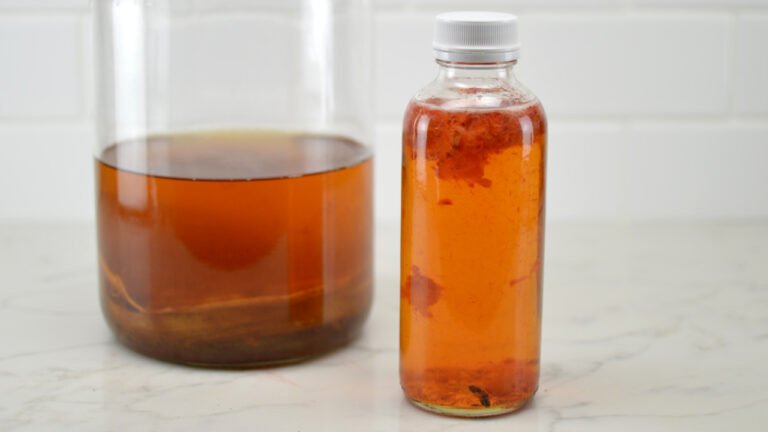
Springtime in Paris Kombucha Recipe
Yield: 7 bottles • Active time: 20 minutes • Total time: 3 -10 days
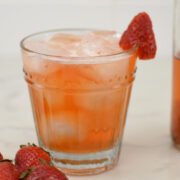
This recipe assumes you are doing a secondary fermentation (flavoring and carbonation) in the bottle. You may also incorporate a third fermentation using the same proportions but following the third fermentation steps.
Ingredients:
1 gallon homemade kombucha from a first fermentation, 3.7 L – made with 3/4 (6 bags or 6 tsp) green tea tea and 1/4 (2 bags or 2 tsp) black tea
1 pint fresh strawberries, crushed (or 1 cup frozen strawberries)
1 whole vanilla bean, split in half and cut into 8 sections
2 teaspoons almond extract
1/2 cup clover honey (not raw)
Instructions:
Make Kombucha: If you haven’t already, make a 1 gallon batch of kombucha using 75% (6 bags or 6 tsp) green tea and 25% (2 bags or 2 tsp) black tea.
Prepare fruit: Coarsely chop strawberries. Split vanilla bean in half and cut each half into 4 pieces
Flavor: Evenly divide chopped strawberries, vanilla bean and almond extract between the bottles
Sweeten: Add 1 tsp clover honey to each bottle to provide the SCOBY another food source to create carbonation.
Fill bottles: Transfer kombucha into fermentation bottles, leaving about 1 inch empty space at the top.
Cap: Cap the filled bottles and tighten the cap snugly.
Ferment: Place in a dark, room temperature area for 3 to 10 days, until it reaches the carbonation level you like. This process will go faster in warmer climates, and slower in cooler climates.
Enjoy: Chill your Springtime in Paris Kombucha bottles in the refrigerator before serving and strain the kombucha to remove zest when serving (optional).
Homemade kombucha can be stored in the fridge, tightly sealed, for several weeks
Tips & Tricks:
Make sweet tea for your next batch the night before you flavor and bottling and let it cool on the stove overnight so that you can flavor your kombucha and get your next batch started at the same time.
If this is your first time brewing, it may be helpful to use a plastic water bottle as a gauge. Fill a recyclable plastic bottle with kombucha (leaving 1.5 inches empty at the top). When this bottle becomes rock hard, you’ll know the glass bottles are also ready. This will help you gauge how long it take for kombucha to carbonate your climate and will prevent bottle explosions.
Nutrition Information:
Kombucha Recipes You Might Also Like
Helping you learn to brew kombucha, find inspiration for new kombucha flavors and use kombucha to make kombucha mocktails

